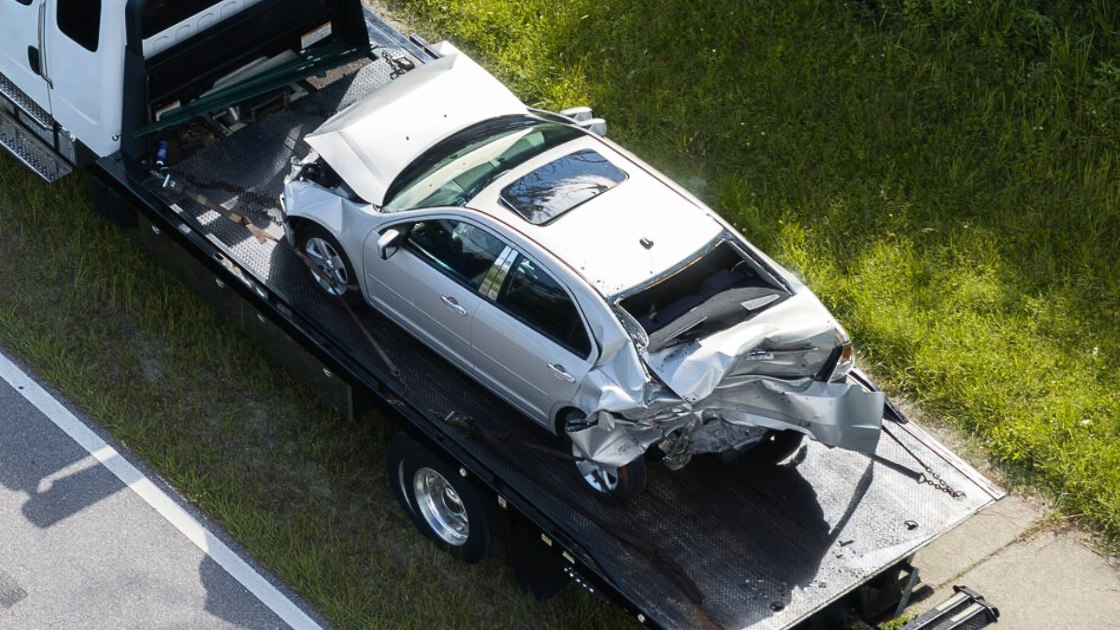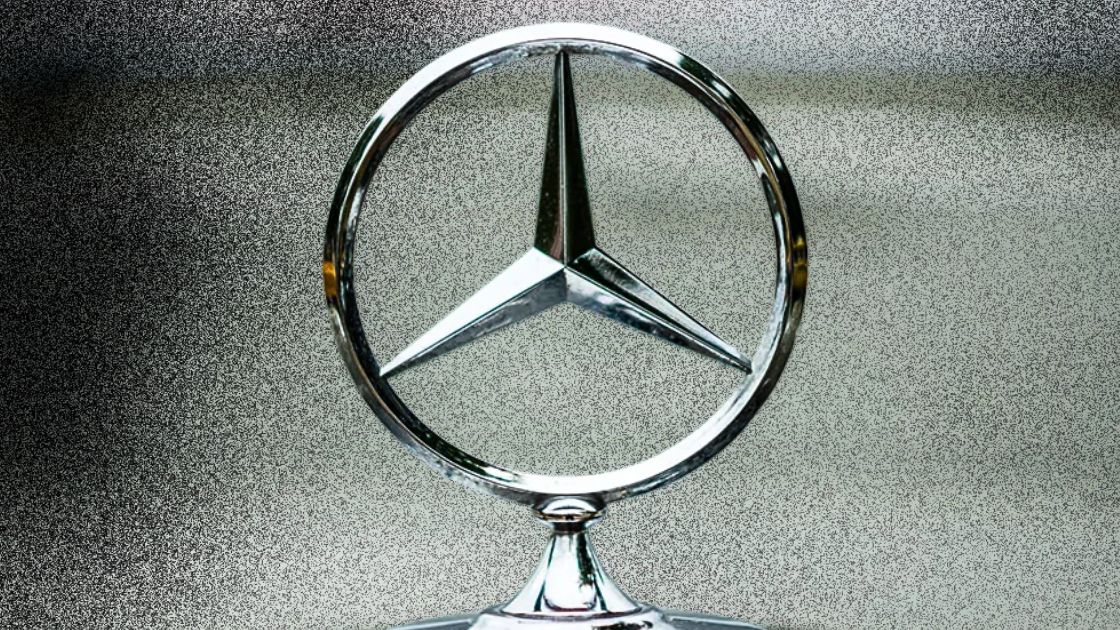Hey, everyone. Welcome to another edition of the CDG Week-in-Review. Before we dive in, I want to hear from you:
Do the CDG daily roundups cover the industry news you crave?
Is there room for improvement or gaps to fill?
Hit the comments and let me know.
—CDG
First time reading the Car Dealership Guy Newsletter? Subscribe here.
Car Dealership Guy Week-in-Review
Each week, I curate the top 5 automotive industry headlines based on the topics CDG readers engaged with the most on social media. Let’s get started.
1. Hertz loses big on EVs
Big picture: Former rental Teslas are flooding the used car market, and everyone from dealers to consumers is circling for a great deal.
This month, Hertz announced it was going to offload 10,000 Tesla Model 3s and an additional 20,000 over the next year.
Zooming in: Hertz went all in on EVs back, in 2021, purchasing 50,000 Model 3s as part of a 100,000 car deal. But since then, the company has lost $440 million on the bet, mostly due to rapid depreciation.
Hertz’s depreciation cost per vehicle (DPU) skyrocketed to $592 this quarter. That's a jump from $498 last quarter and more than double the $253 they saw a year ago.
Turns out, Hertz bought their EVs at the top of the market and Tesla has steadily dropped prices since.
Why it matters: Now that thousands of these used Teslas will be hitting the market, the increased supply will surely lower prices again, making them very attractive offers to buyers who were on the fence before.
What our readers say:

To jrkennedy37’s point, 10,000 EVs might seem small in that context. But, I would argue selling 30,000 of the 50,000 Teslas that Hertz committed to is a big back-track. It’s clearly affecting Hertz’s books to the point that they’re willing to cut their losses.

Mattsimmons's comment also makes a good point—EVs can be just as costly, if not more, to repair. That could be another reason why Hertz is “trimming the fat.”
This is no doubt a developing story I’m keeping an eye on.
2. Rivian unveils new plans for EV charging network
At a glance: In the same week that Tesla CEO Elon Musk dismissed the team responsible for the automaker’s Supercharger network, EV maker Rivian announced that its cars are now compatible with Tesla EV chargers.
Key context: Last month, Rivian cut a deal with Tesla to get access to over 2,000 charging stations in the U.S. and promised its owners free NACS adapters to plug into the chargers.
Rivian also made a huge commitment to expanding its U.S. charging infrastructure. The company's growing the Rivian Adventure Network of chargers from 424 across 70 sites to over 3,500.
The EV maker is the second brand to tap into the Tesla network following in Ford's footsteps from earlier this year.
Why it matters: Tesla seems to have all but won the plug standardization war. But, the EV brand has also found a way to make money by licensing its charger network. Now, Rivian wants to get into the business as well. They know that a robust charger network is not only a great product to sell EV car makers but will also be critical in enticing new drivers into the brand.
But overall, EV sales growth has slowed its pace from last year, and a surge of hybrid interest has emerged…
3. Ford breaks hybrid sales record in April
Top line: Ford’s U.S. auto sales fell slightly in April, but the automaker had a record month for hybrid and EV sales, making up for the steep declines for certain gas-powered models.
By the numbers:
Sales of hybrid vehicles were up 60% from this time last year.
Sales of the F-150 PowerBoost Hybrid set a new monthly record, up 93.6%.
EV sales more than doubled to 8,019 units, an increase of 129.2% from the same period in 2023.
The Mustang Mach-E sales reached 4,893 units, a 204.7% year-over-year.
The F-150 Lightning rose 56.6% to 2,090 units.
Key background: At the beginning of April, Ford announced that it was retooling its EV timeline to focus on expanding its hybrid lineup. By the end of the decade, the automaker aims to offer hybrid powertrains across its entire lineup in North America.
What our readers say:
Hybrids continue to be a hot-ticket item for Ford, and its decision to prioritize them aligns with this consumer demand. And it looks like other automakers are following suit…
4. Hyundai pivots to hybrids at Georgia plant
At a glance: Hyundai’s Metaplant America, originally scheduled to launch in the latter part of this year, was intended to be an all-electric vehicle production hub for Hyundai, Kia, and Genesis in North America.
But now, the Korean automaker has plans to introduce hybrids to the mix.
Big numbers: Hyundai's EV market share dropped in all key regions (Korea, U.S., Europe) during Q1 2024 compared to last year.
Meanwhile, hybrids gained ground. EV share fell from 6.5% to 4.5%, while hybrids rose from 8.2% to 9.7%. Hyundai's total sales dipped slightly (1.5%) to 1 million vehicles in Q1.
Of note: Hyundai targets a 28% jump in global hybrid sales this year (480,000 units), but details on how this translates to U.S. offerings remain unclear.
What’s more: North American production of hybrids could rise to as much as 20% of total light-vehicle production by 2025, compared with 14% for EVs.
And just a few days ago, the state of California, a bellwether for industry trends, reported that hybrid registrations took 16.6% market share in Q1, up over 4% year-over-year. As EV sales slow, expect to see even more automakers pivot to offering hybrid models.
There’s been a lot of updates from the OEMs this week—let’s switch up the pace for some car market insights…
5. Market watch: U.S. retail auto sales
Top line: Consumer spending was strong in March, driven by tax refund season and wage growth. Yet, durable goods like cars didn’t see as big of a bump as many were expecting, and this appears to have spilled over into April.
Key data: Estimates from vAuto show that new retail sales were about the same in the last week of April and flat for most of the month. But, they are still up 8% from last year.
In the used car market, estimated retail sales were soft week-over-week but are also up by 9% from this time last year.

What it means: Neither new or used vehicle sales saw the usual tax season bump in the last week of April. And with almost all tax refunds issued, dealerships that overbought used vehicles in anticipation will be left holding the bag.
Zooming in: One of the primary reasons keeping sales mostly unchanged in the very high interest rate environment. So far, in 2024, auto loan rates have moved higher. The average new car loan rate has increased to 9.74%, while the average used car loan rate has held steady at 14.12%.
Bottom line: Car buyers will likely start flooding credit unions to finance their new cars at a halfway decent rate.

We’ve got tons of great jobs hitting the CDG Job Board right now. Here are some standouts for anyone looking for their next move.
SaaS company BizzyCar has put the call out for account executives in Los Angeles and Orlando (remote).
Coming from the world of marketing? Automotive Marketing Gurus is looking for a new marketing director (remote).
Feel at home in the dealership? Tom Whiteside Chrysler Dodge Jeep Ram, near Columbus, OH, is hiring a sales rep.
Looking to hire? Add your roles today—it’s 100% free.
Thanks for reading. Hit reply and let me know if you found this week-in-review valuable or have any feedback. I’ll see you next weekend.
—CDG
Did you like this edition of the newsletter?
Want to advertise with CDG? Click here.
Want to be considered as a guest on the CDG podcast? Right this way.
Want to pitch a story for the newsletter? Share it here.








